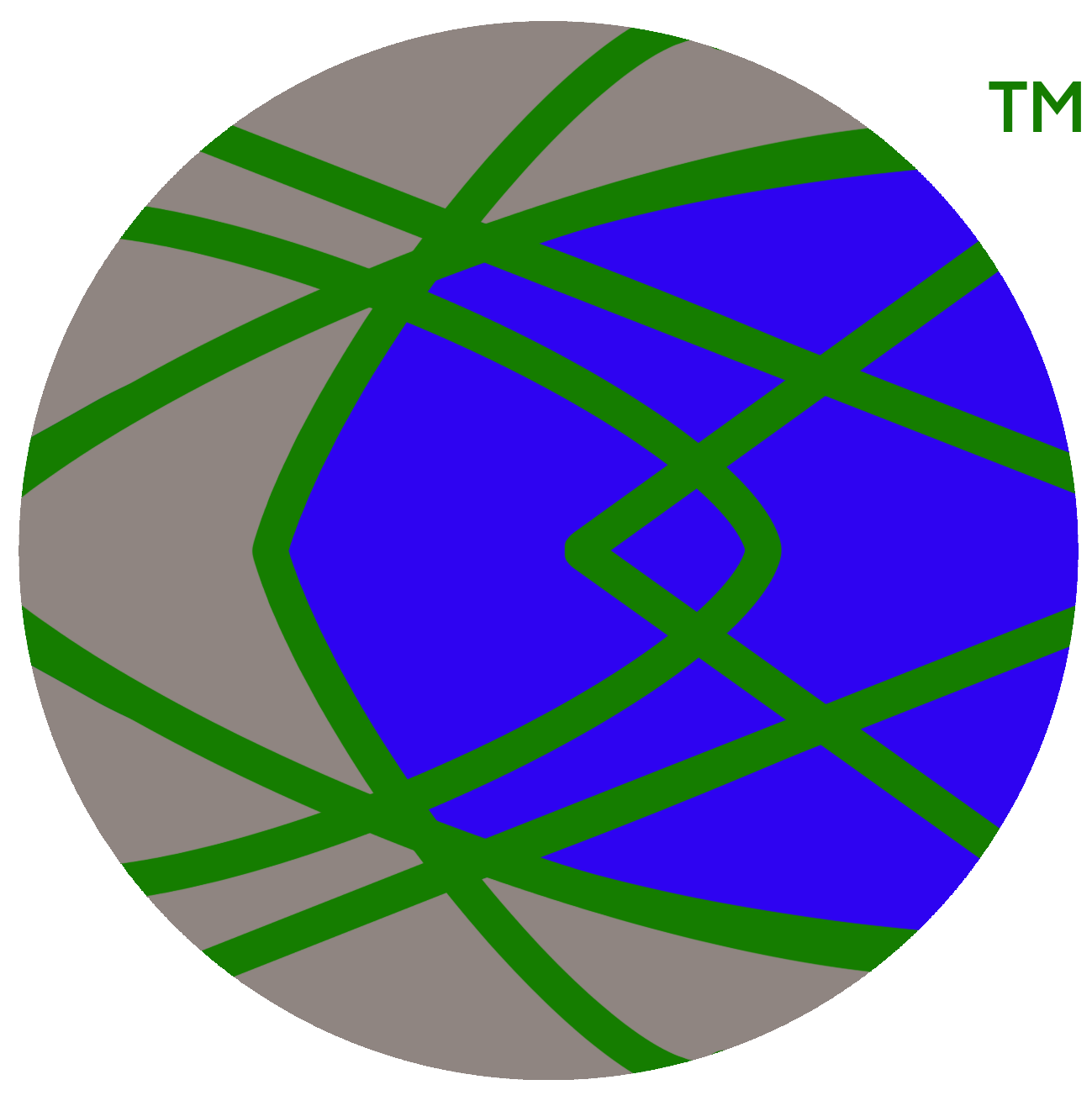22.5.1 Overview
The National Emission Standards for Hazardous Air Pollutants (NESHAPs) regulations are in 40 Code of Federal Regulations (CFR) 61 and 63. These regulations, also referred to as maximum achievable control technology (MACT) standards, establish limitations and controls for emissions of Hazardous Air Pollutants (HAP) from certain operations.
The National Emission Standards for Hazardous Air Pollutants (NESHAP) in 40 Code of Federal Regulations (CFR) 61 regulate a small group of toxic pollutants from specific sources[1]. The National Emission Standards for Hazardous Air Pollutants (NESHAP) in 40 Code of Federal Regulations (CFR) 63 apply to facilities that are major sources of Hazardous Air Pollutants (HAP) (i.e., chemicals or chemical categories identified in the National Emission Standards for Hazardous Air Pollutants (NESHAP) regulations). Some National Emission Standards for Hazardous Air Pollutants (NESHAP) regulations apply to major sources and some apply to area sources:
- A major source of Hazardous Air Pollutants (HAP) is a facility that has the potential to emit over 25 tons per year of total Hazardous Air Pollutants (HAP) or over 10 tons per year of a single HAP[2].
- A site that emits less than 25 tons per year of total Hazardous Air Pollutants (HAP) or 10 tons per year of a single HAP is an area source[3].
22.5.2 References
[1] “National Emission Standards for Hazardous Air Pollutants Compliance Monitoring” Environmental Protection Agency website (https://www.epa.gov/compliance/national-emission-standards-hazardous-air-pollutants-compliance-monitoring) accessed December 31, 2022.
[2] “National Emission Standards for Hazardous Air Pollutants and New Source Performance Standards” Minnesota Pollution Control Agency website, accessed September 11, 2022 (https://www.pca.state.mn.us/regulations/national-emission-standards-hazardous-air-pollutants-and-new-source-performance#:~:text=There%20are%20two%20types%20of%20facilities%20covered%20by,tons%20per%20year%20of%20any%20combination%20of%20HAPs.)
[3] Ibid
I am always open to comments and suggestions. You can contact me using the form below.
